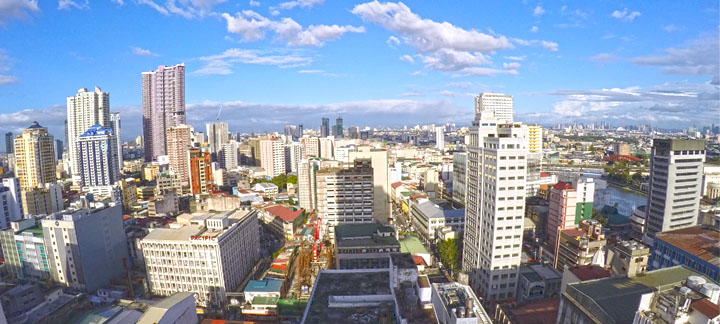Philippines’s population has recently passed the 100 million threshold and its economy was the second fastest growing in the ASEAN last year, with a growth of close to 6%, making the country a more than interesting option for food exporters who are willing to target the Asian market.
In the first semester of 2016 the Philippines’ total imports increased by 17.7%, to $38.746 billion. The Other Food and Live Animals category ranked fifth in a top 10 of imports, with 4 percent share of the total imports worth $1.53 billion, higher by 8.2 percent from $1.41 billion last year.
A large percentage of the country’s population is very young, dynamic and heavily influenced by the Western trends. US and European food products are regarded as high quality and enjoy more trust in the eye of the consumers than local varieties.
Supermaket sales are increasing year by year and are expected to reach $15 billion by 2019. This is also helped by a strong expansion in smaller cities outside Manila.
The Philippines food importers and distributors are moving their focus to more premium products and various health foods, as the demand of the consumers increases in these sectors. Exporters should try to market innovative and high quality dairy products, meat, especially beef, halal products, confectionery products (chocolate, snacks), as well as fresh and dried fruits.
The food and processing services from Philippines are also adapting to the western style influences and increase their imports of food ingredients from Europe, the US and Japan.
Companies who want to enter the market should prepare for a long term process and should first focus on the relationship with one or two importers and distributors, instead of diversifying their efforts on multiple fronts.
